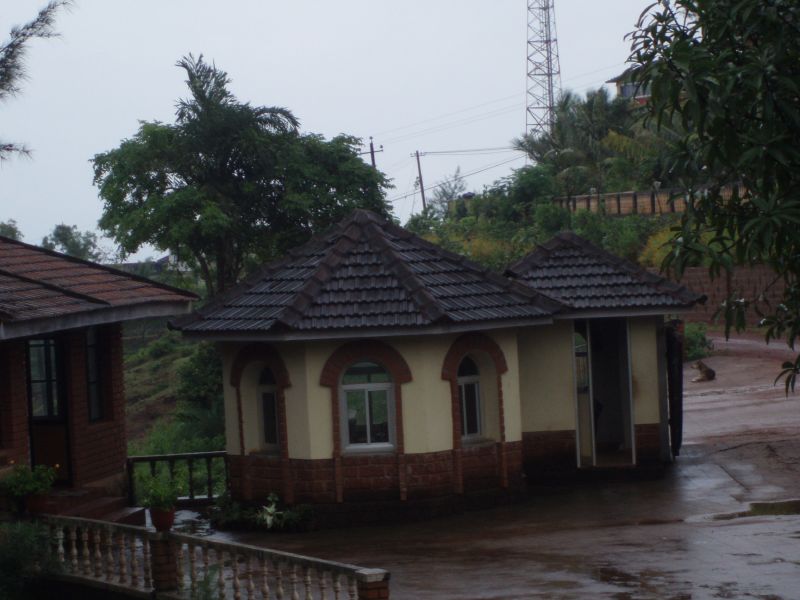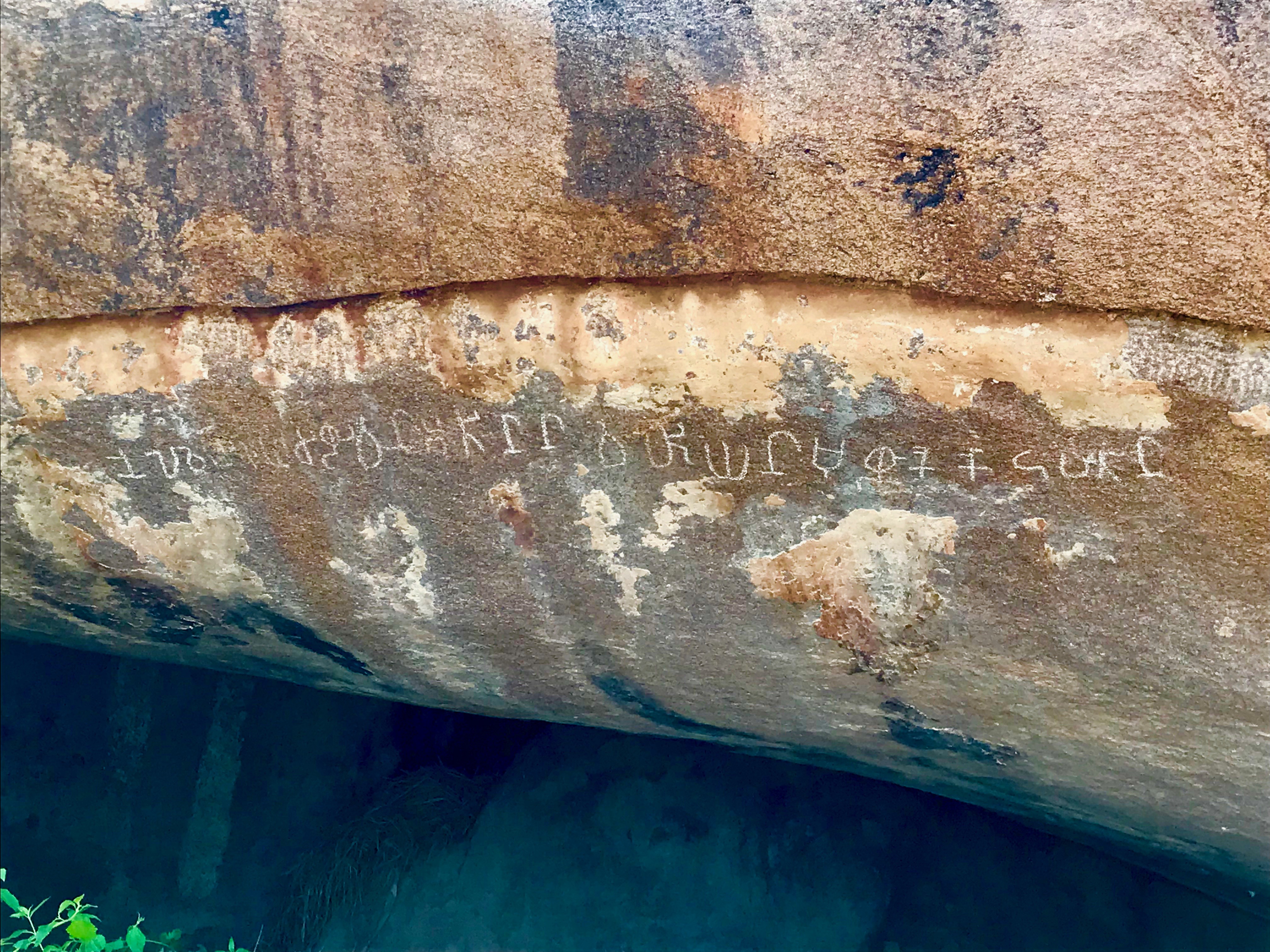|
Mangalorean Society
Mangaloreans ( Tulu: ''Kudladaklu''; Kannada: ''Mangaloorinavaruu''; Konkani: ''Kodialkar''; Beary: ''Maikaltanga''; Urdu: ''Kaudalvale'') are a collection of diverse ethnic groups that hail from the historical locales of South Canara (Tulunaad) on the south western coast of Karnataka, India, particularly the residents native to Mangaluru. History Classical history According to the works of Sangam literature (300 BCE - 300 CE), Tulu Nadu was one of the 12 socio-geographical regions included in the ancient Tamilakam. Tulu Nadu must certainly at one time have formed part of ancient Kerala ( Chera dynasty), where the western coastal dialect of Old Tamil was spoken. It must have separated from Tamilakam sometime between 300 CE and 500 CE, when the Kadambas invaded the northern portions of Chera kingdom. No definite historical record relating to Tulu Nadu, other than those were found from Sangam literature, have been found of earlier date than 8th or 9th century CE. Emergence o ... [...More Info...] [...Related Items...] OR: [Wikipedia] [Google] [Baidu] |
Tulu Language
Tulu () in Kannada script, ml, തുളു ഭാഷെ in Malayalam script. ''bhāṣe'', , ''bhāśe'', and ''bāśe'' are alternative spellings for the Tulu word ''bāse'' in the Kannada script. The correct spelling for the word "language" in Kannada Kannada (; ಕನ್ನಡ, ), originally romanised Canarese, is a Dravidian language spoken predominantly by the people of Karnataka in southwestern India, with minorities in all neighbouring states. It has around 47 million native s ... is kn, ಭಾಷೆ ''bhāṣe'', but that is not necessarily true in Tulu. Männer's ''Tulu-English and English-Tulu Dictionary'' (1886) says, " bāšè, bāsè, ''see'' ." (vol. 1, p. 478), " bhāšè, bhāshè, ''s''. Speech, language." (vol. 1, p. 508), meaning that the four spellings are more or less acceptable. The word is actually pronounced ''bāse'' in Tulu. Note that š and sh in his dictionary correspond to ''ś'' and ''ṣ'', respe ... [...More Info...] [...Related Items...] OR: [Wikipedia] [Google] [Baidu] |
Tulunaad
Tulunad or Tulu Nadu, also called Bermere sristi or Parashurama Srishti, is a region and a proposed state on the southwestern coast of India. The Tulu people, known as 'Tuluva' (plural 'Tuluver'), speakers of Tulu, a Dravidian language, are the preponderant ethnic group of this region. South Canara, an erstwhile district and a historical area, encompassing the undivided territory of the contemporary Dakshina Kannada and Udupi districts of Karnataka State and Kasaragod district of Kerala state forms the cultural area of the Tuluver. Historically, Tulu Nadu lay between the Gangavalli River (Uttara Kannada district) in the north and the Chandragiri River (Kasaragod district) in the south. Currently, Tulu Nadu consists of the Dakshina Kannada and Udupi districts of Karnataka state and Kasaragod district of Kerala state. This region is not an official administrative entity. Mangalore, the fourth largest (in terms of area and population) and a major city of Karnataka is the lar ... [...More Info...] [...Related Items...] OR: [Wikipedia] [Google] [Baidu] |
Madhvacharya
Madhvacharya (; ; CE 1199-1278 or CE 1238–1317), sometimes Anglicisation, anglicised as Madhva Acharya, and also known as Purna Prajna () and Ānanda Tīrtha, was an Indian philosopher, theologian and the chief proponent of the ''Dvaita'' (dualism) school of Vedanta. Madhva called his philosophy ''Dvaita Vedanta, Tattvavāda'' meaning "arguments from a realist viewpoint". Madhvacharya was born on the west coast of Karnataka state in 13th-century India. As a teenager, he became a Sannyasa, Sanyasi (monk) joining Brahma-sampradaya guru Achyutapreksha, of the Ekadandi order. Madhva studied the classics of Hindu philosophy, and wrote commentaries on the Principal Upanishads, the ''Bhagavad Gita'' and the Brahma Sutras (''Prasthanatrayi''), and is credited with thirty seven works in Sanskrit. His writing style was of extreme brevity and condensed expression. His greatest work is considered to be the ''Anuvyakhyana'', a philosophical supplement to his bhasya on the Brahma Sutras ... [...More Info...] [...Related Items...] OR: [Wikipedia] [Google] [Baidu] |
Mayuravarma
Mayurasharma or Mayuravarma (reigned 345–365 C.E.), a native of Talagunda (in modern Shimoga district), was the founder of the Kadamba Kingdom of Banavasi, the earliest native kingdom to rule over what is today the modern state of Karnataka, India.Kamath (2001), p30 Moraes (1931), pp9-10 Before the rise of the Kadambas, the centres of power ruling the land were outside the Karnataka region; thus the Kadambas' ascent to power as an independent geo-political entity, with Kannada, the language of the soil as a major regional language, is a landmark event in the history of modern Karnataka with Mayurasharma as an important historical figure. The earliest Kannada language inscriptions are attributed to the Kadambas of Banavasi.Ramesh (1984), p2, pp10-11 Early life There are several legends and tales that describe the progeny of the Kadamba family. One legend states the family descended from a three-eyed, four-armed being called ''Trilochana Kadamba'' who sprang to life from the ... [...More Info...] [...Related Items...] OR: [Wikipedia] [Google] [Baidu] |
Tulu Brahmin
Tulu Brahmins or Tuluva Brahmins are the inhabitants of Tulu Nadu, also considered a part of Parashurama Kshetra which extends to Kerala. They consist of following: Sthanika Brahmins, also called "Sthanika Tulu Brahmins" or "Tulu Brahmins" are the original inhabitants of Tulu Nadu whose history predates 380 B.C. The remaining Brahmins of tulunadu are migrant exodus from Ahichatra of northern part of India by Kadambas (possibly Rai Bareilly),and also from godavari basin in Andhra Pradesh occurring in two time lines, First migration:8th century A.D Havyaka Brahmins Sakalpuri Havyaka Brahmins Second migration:11-13 Century A.D *Nambudri Brahmins *Shivalli Brahmins *Chitpavan Brahmins *Karhade Brahmins *Kota Brahmins *Koteshwara Brahmins *Deshastha Brahmins Deshastha Brahmin is a Hindu Brahmin subcaste mainly from the Indian state of Maharashtra and northern area of the state of Karnataka. Other than these states, according to authors K. S. Singh, Gregory Naik and P ... [...More Info...] [...Related Items...] OR: [Wikipedia] [Google] [Baidu] |
Sullia
Sullia (also known as Sulya) is a town in the Dakshina Kannada district of the state of Karnataka, India. It is the headquarters of the Sullia taluk. Sullia taluk is one of the seven talukas of Dakshina Kannada district. Its administrative headquarters is in the town of Sullia. History A historical revolution took place during 1837 when a majority of the Gowdas, Bunts, Kydiyas, Adidravidas and other castes from Amara Sullia, Madikeri, Siddapura, Bhagamandala, Shanivarasanthe, Bellare, Puttur and Nandavara went and fought for freedom against the British. Members of the Legislative Assembly Demographics According to the 2011 census report, Hindus form the largest religious group in Sullia taluk (1,23,507 that is 85.04% of the taluk population). The number of Muslims is 19,556 (13.47% of the taluk population) and the number of Christians in the taluk is 2,076 (1.43%). Religions in Sullia taluk Languages in Sullia Taluk Climate Connectivity Air The neare ... [...More Info...] [...Related Items...] OR: [Wikipedia] [Google] [Baidu] |
Old Tamil
Old Tamil is the period of the Tamil language spanning from 300 BCE to 700 CE. Prior to Old Tamil, the period of Tamil linguistic development is termed as Pre Tamil. After the Old Tamil period, Tamil becomes Middle Tamil. The earliest records in Old Tamil are inscriptions from between the 3rd and 1st century BCE in caves and on pottery. These inscriptions are written in a variant of the Brahmi script called Tamil Brahmi. The earliest long text in Old Tamil is the ''Tolkāppiyam'', an early work on Tamil grammar and poetics, whose oldest layers could be as old as the mid 2nd century BCE.Zvelebil, K. ''The Smile of Murugan: On Tamil Literature of South '' p.XX Old Tamil preserved many features of Proto-Dravidian, the earliest reconstructed form of the Dravidian including inventory of consonants, the syllable structure, and various grammatical features. History According to Bhadriraju Krishnamurti, Tamil, as a Dravidian language, descends from Proto-Dravidian, a proto-language. ... [...More Info...] [...Related Items...] OR: [Wikipedia] [Google] [Baidu] |
Kerala
Kerala ( ; ) is a state on the Malabar Coast of India. It was formed on 1 November 1956, following the passage of the States Reorganisation Act, by combining Malayalam-speaking regions of the erstwhile regions of Cochin, Malabar, South Canara, and Thiruvithamkoor. Spread over , Kerala is the 21st largest Indian state by area. It is bordered by Karnataka to the north and northeast, Tamil Nadu to the east and south, and the Lakshadweep Sea to the west. With 33 million inhabitants as per the 2011 census, Kerala is the 13th-largest Indian state by population. It is divided into 14 districts with the capital being Thiruvananthapuram. Malayalam is the most widely spoken language and is also the official language of the state. The Chera dynasty was the first prominent kingdom based in Kerala. The Ay kingdom in the deep south and the Ezhimala kingdom in the north formed the other kingdoms in the early years of the Common Era (CE). The region had been a prominent spic ... [...More Info...] [...Related Items...] OR: [Wikipedia] [Google] [Baidu] |
Tamilakam
Tamiḻakam (Tamil: தமிழகம்; Malayalam: തമിഴകം), refers to the geographical region inhabited by the ancient Tamil people, covering the southernmost region of the Indian subcontinent. Tamilakam covered today's Tamil Nadu, Kerala, Puducherry, Lakshadweep and southern parts of Andhra Pradesh and Karnataka. Traditional accounts and the ''Tolkāppiyam'' referred to these territories as a single cultural area, where Tamil was the natural language and permeated the culture of all its inhabitants. The ancient Tamil country was divided into kingdoms. The best known among them were the Cheras, Cholas, Pandyans and Pallavas. During the Sangam period, Tamil culture began to spread outside Tamilakam. Ancient Tamil settlements were also established in Sri Lanka ( Sri Lankan Tamils) and the Maldives ( Giravarus). In contemporary India, Tamil politicians and orators often use the name ''Tamilakam'' to refer to Tamil Nadu alone. Etymology "Tamiḻakam" is a p ... [...More Info...] [...Related Items...] OR: [Wikipedia] [Google] [Baidu] |





